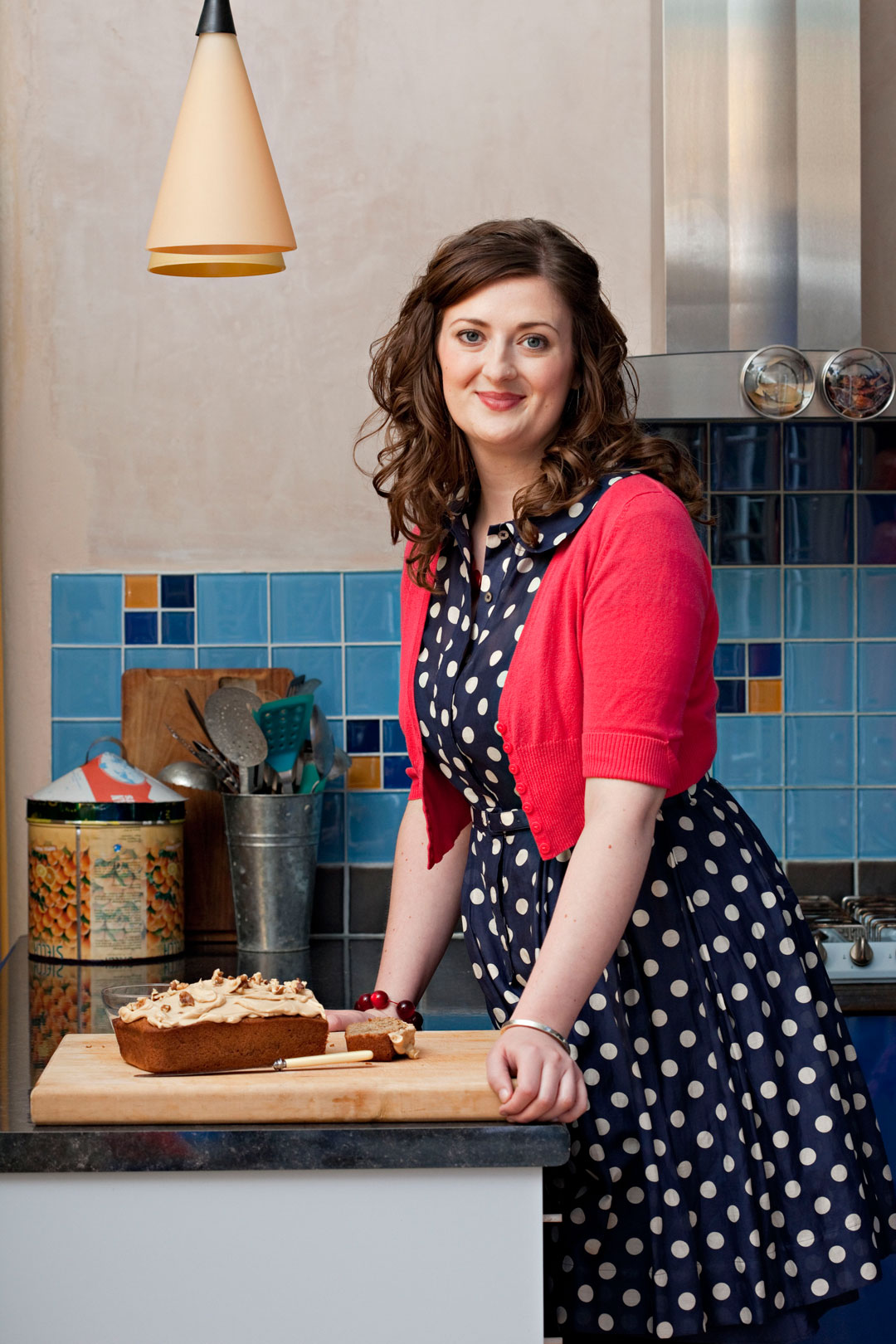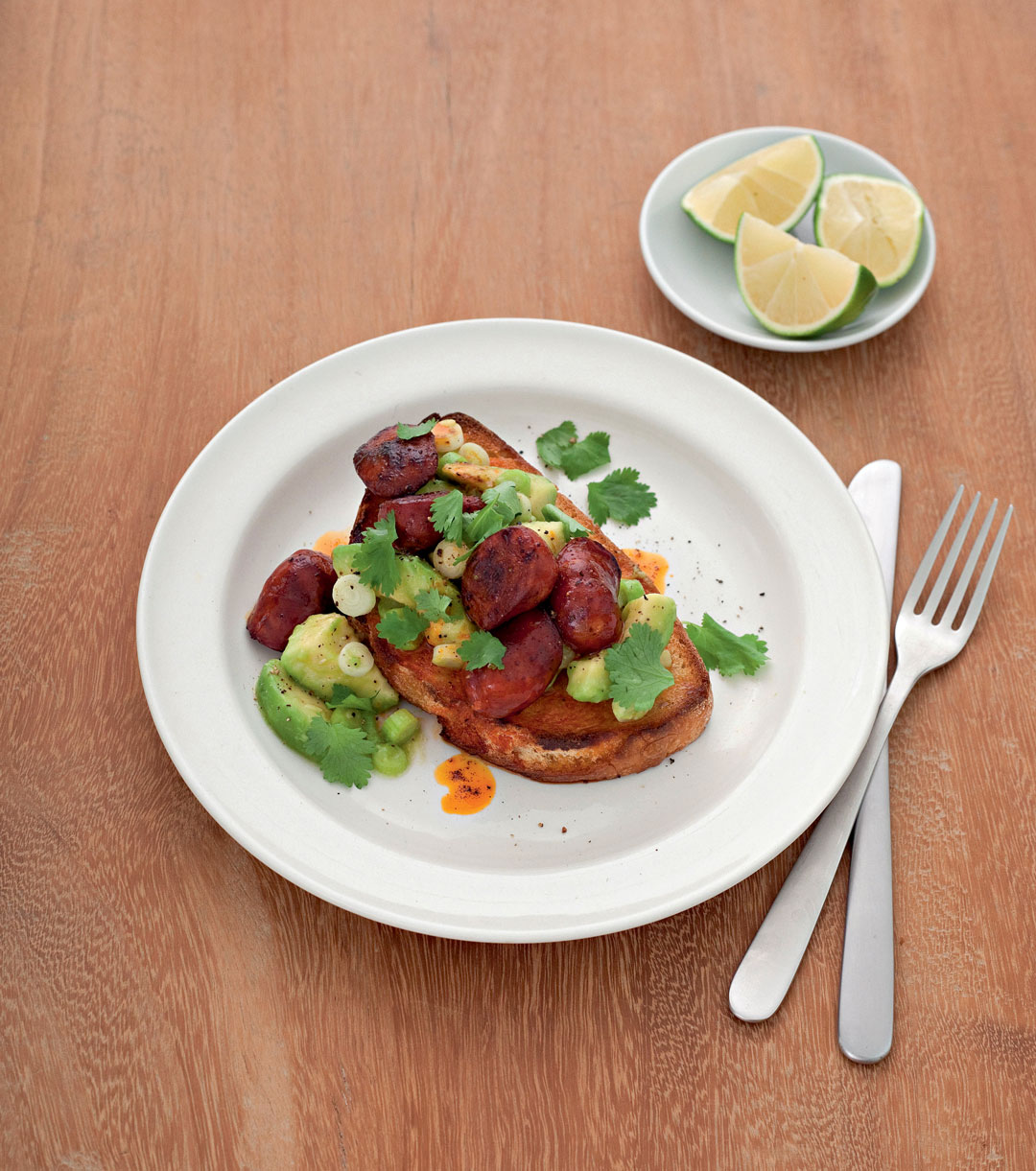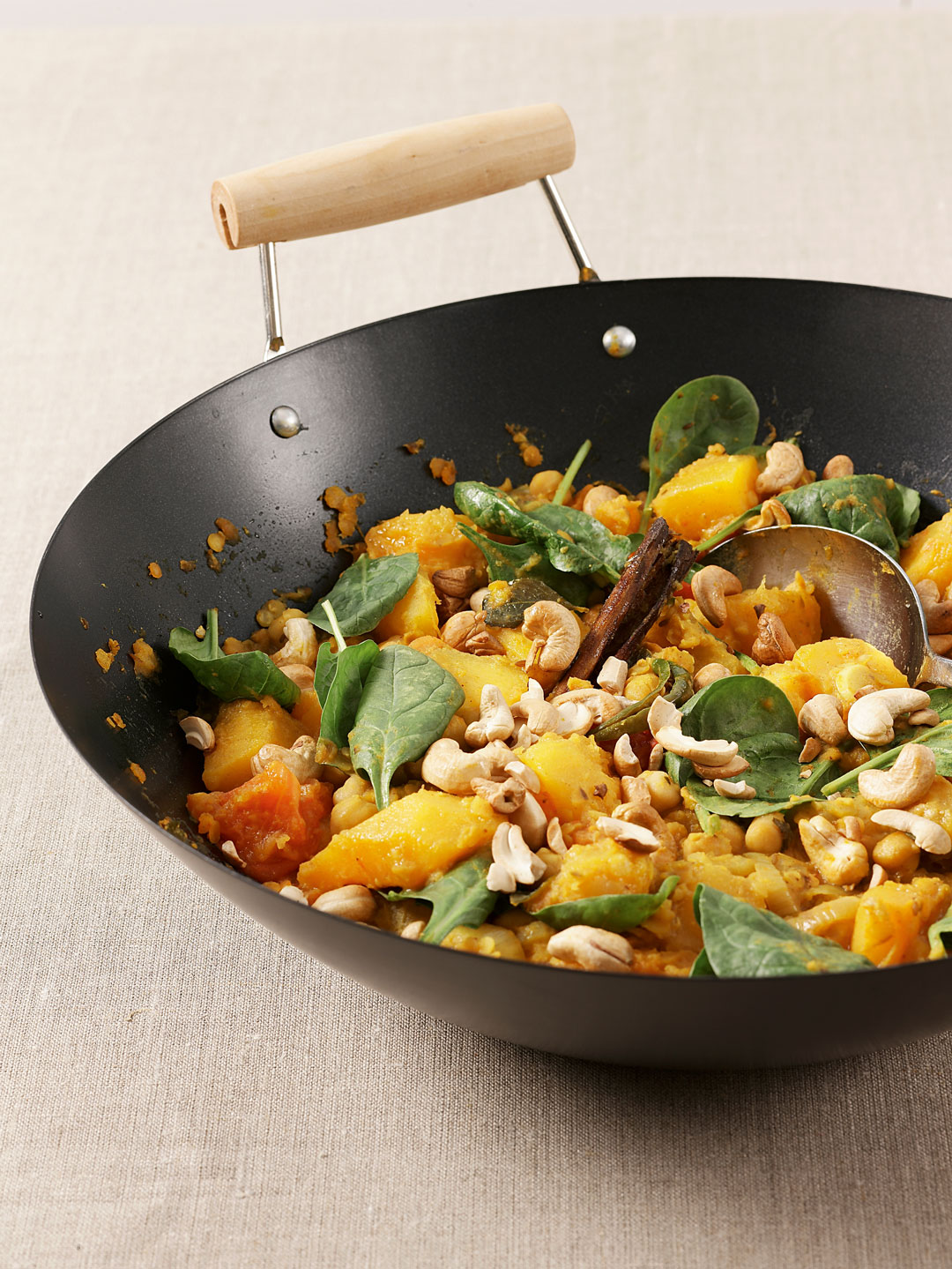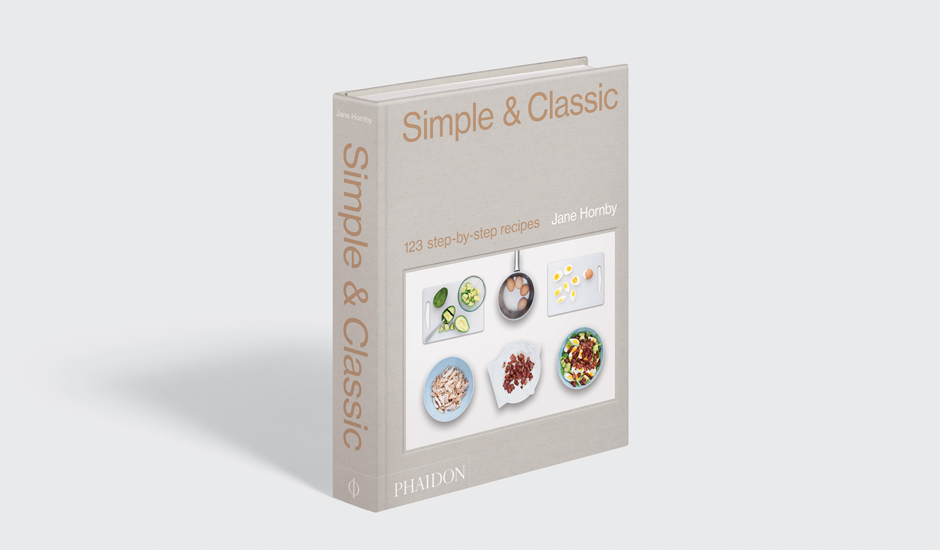
Keep It Simple: Selecting and storing fruit and vegetables
Jane Hornby has included some smart shortcuts in Simple & Classic. Here’s a few for the fresh produce aisles
You can think of Jane Hornby’s new book as a ‘greatest hits’-style compilation. Simple & Classic brings together recipes from the cookery writer’s bestsellers What to Cook & How to Cook It, Fresh & Easy, and What to Bake & How to Bake It. Each one is indeed simple to follow, with step-by-step shots as well as great pictures of the finished dishes.
However, Jane has also added a little bonus material, in the form of brief but effective tips to make the dishes that little bit better. Here are a few clues for fruit and vegetables.

Storing avocados An underripe avocado will soon ripen up in the fruit bowl or in a paper bag with an apple (apples release a gas that speeds up ripening). Store the ripe fruit in the refrigerator.
How to select tomatoes A perfectly ripe tomato will be deep ruby red, yield a little to the touch, and smell aromatic. Unless they’re a special variety, avoid tomatoes that are still green around the top or a pale orange-red, because their flavour will be disappointing.
Why you should rinse basmati rice Rice is naturally surrounded by starchy molecules, which expand when they’re boiled and can make rice sticky and stodgy. In some cases, such as risotto, it’s important to keep the starch. But for fluffy basmati, rinsing is essential.
How to enliven pesto Fresh store-bought pesto has a better basil and Parmesan flavour than pesto sold in a jar. It does cost more, but the flavour is worth it. Alternatively, you could add fresh chopped basil to jarred pesto, or make a batch yourself.

It really doesn’t matter what you crush your garlic with – just make sure you do it There’s nothing wrong with using a garlic crusher if you find it easier than crushing with a knife. However, crushing the garlic to a paste with a knife helps to release more of the aromatic oils from within the clove.
Why some stone fruit are hard to seed Sometimes removing pits (stones) from peaches and other stone fruit (plums, cherries) is a cinch, sometimes not. It depends on whether the fruit is “clingstone” or “freestone.” As you’d expect, clingstone peaches have flesh that clings to the pit and freestone fruit comes away easily. There’s no real way to tell them apart when buying, but if you end up with clingstones, then don't worry - just cut the fruit away in large pieces instead.

For many more smart kitchen tips, plus recipes for all the dishes pictured, order a copy of Simple & Classic here